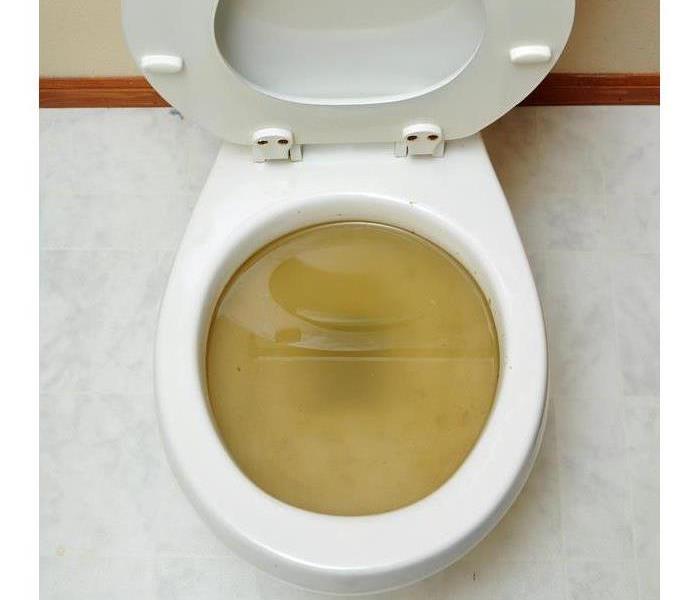Toilet Overflows Demand Immediate Action
10/10/2020 (Permalink)
Take The Following Actions After a Toilet Overflow
With the simple push of a handle, toilet water should go down the drain, exiting quickly through the pipes. Sometimes, however, clogs occur, forcing the fluid to spill out of the commode and leading to sewer damage. Homeowners in St. Peters, MO, may think very little of the situation at first, grabbing for a plunger, cleaner and a mop; however, more may be needed to keep the rooms sanitary for future use. When the overflows happen, residents should take the following actions.
1. Stop the Flow
Focus on minimizing effects. At times, the spill just continues with moisture moving into walls and floors. Search for the shut off the valves in the restroom and outside. In addition, ensure that household members refrain from using washing machines, showers and dishwashers. This is a good time to call in a sewage company who can inspect the premises and determine a plan of action.
2. Address the Problem's Source
Discharges can happen for several reasons, so finding the obstacle should be the next step. At times, items have become lodged within the lines, preventing flow. Run a snake down the lines, forcing anything to push through. This may clear the path. Other times, breaks or hole may occur in the metal. Without a means of escape, the backup sends everything out from the closet exit point. If you're having trouble locating the sewer damage a water restoration company could run a camera through the system.
3. Clean Up the Flooding
Humidity and wetness pose several structural concerns. First, these conditions encourage mold to breed, increasing the likelihood of infestation. Second, the dampness could warp and ruin materials, weakening their integrity; therefore, the entire area, not just the flooded toilet, should be disinfected. Dry out the location; remove soaked contents and sterilize the space.
Lingering sewer damage is harmful to a house. Work swiftly to hinder water streams and correct the cause.





 24/7 Emergency Service
24/7 Emergency Service
